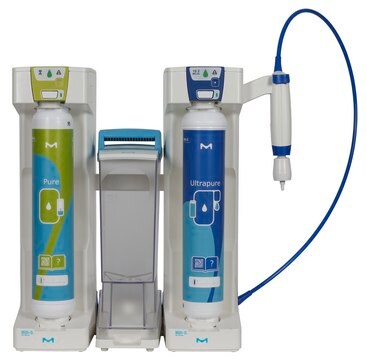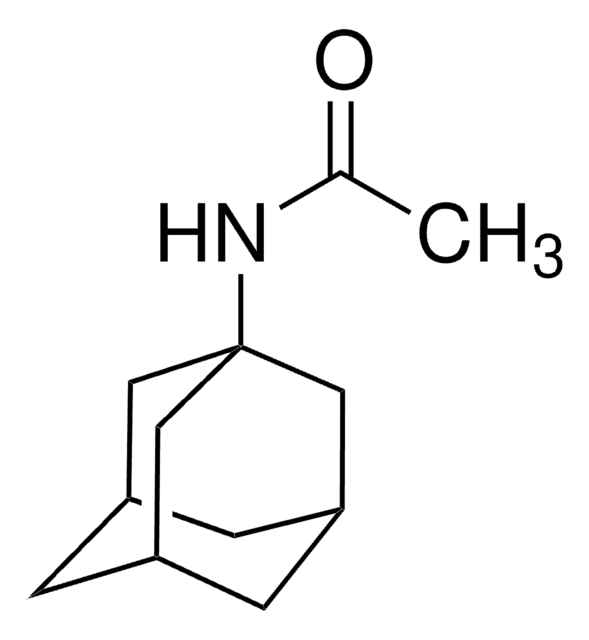PLA0140
Rabbit anti-Phospho KAP-1 (S824) Antibody, Affinity Purified
Powered by Bethyl Laboratories, Inc.
Sinonimo/i:
E3 SUMO-protein ligase TRIM28, KAP-1, KAP1, KRAB [Kruppel-associated box domain]-associated protein 1, KRAB-associated protein 1, KRAB-interacting protein 1, KRIP-1, PPP1R157, RING finger protein 96, RNF96, TF1B, TIF1-beta, TIF1B, Tripartite motif-containing protein 28, nuclear corepressor KAP-1, protein phosphatase 1, regulatory subunit 157, transcriptional intermediary factor 1-beta
Scegli un formato
CHF 470.00
Scegli un formato
About This Item
CHF 470.00
Prodotti consigliati
Origine biologica
rabbit
Livello qualitativo
Forma dell’anticorpo
affinity purified immunoglobulin
Tipo di anticorpo
primary antibodies
Reattività contro le specie
mouse, human
tecniche
immunocytochemistry: 1:200-1:1,000
immunofluorescence: 1:200-1:1,000
immunohistochemistry: 1:2000-1:1,000
immunoprecipitation (IP): 2-10 μg/mg
western blot: 1:2,000-1:10,000
Numero d’accesso
NP_005753.1
Condizioni di spedizione
wet ice
Temperatura di conservazione
2-8°C
modifica post-traduzionali bersaglio
phosphorylation (pSer824)
Informazioni sul gene
human ... KIFAP3(22920)
Immunogeno
Stato fisico
Altre note
Esclusione di responsabilità
Non trovi il prodotto giusto?
Prova il nostro Motore di ricerca dei prodotti.
Codice della classe di stoccaggio
12 - Non Combustible Liquids
Classe di pericolosità dell'acqua (WGK)
WGK 1
Punto d’infiammabilità (°F)
Not applicable
Punto d’infiammabilità (°C)
Not applicable
Scegli una delle versioni più recenti:
Certificati d'analisi (COA)
Non trovi la versione di tuo interesse?
Se hai bisogno di una versione specifica, puoi cercare il certificato tramite il numero di lotto.
Possiedi già questo prodotto?
I documenti relativi ai prodotti acquistati recentemente sono disponibili nell’Archivio dei documenti.
Active Filters
Il team dei nostri ricercatori vanta grande esperienza in tutte le aree della ricerca quali Life Science, scienza dei materiali, sintesi chimica, cromatografia, discipline analitiche, ecc..
Contatta l'Assistenza Tecnica.








